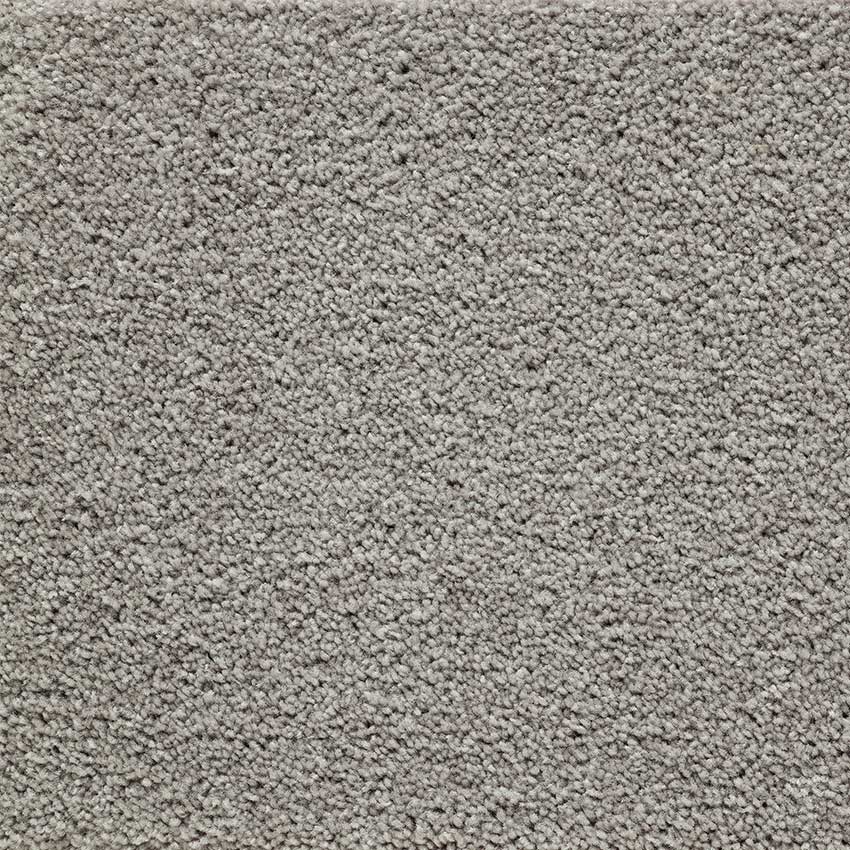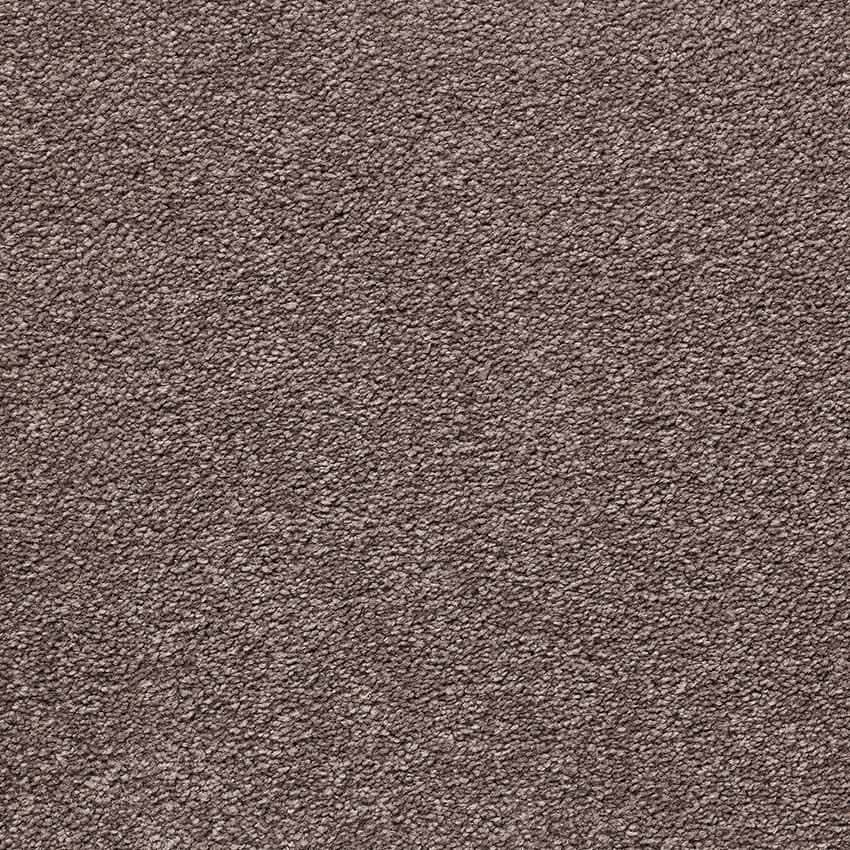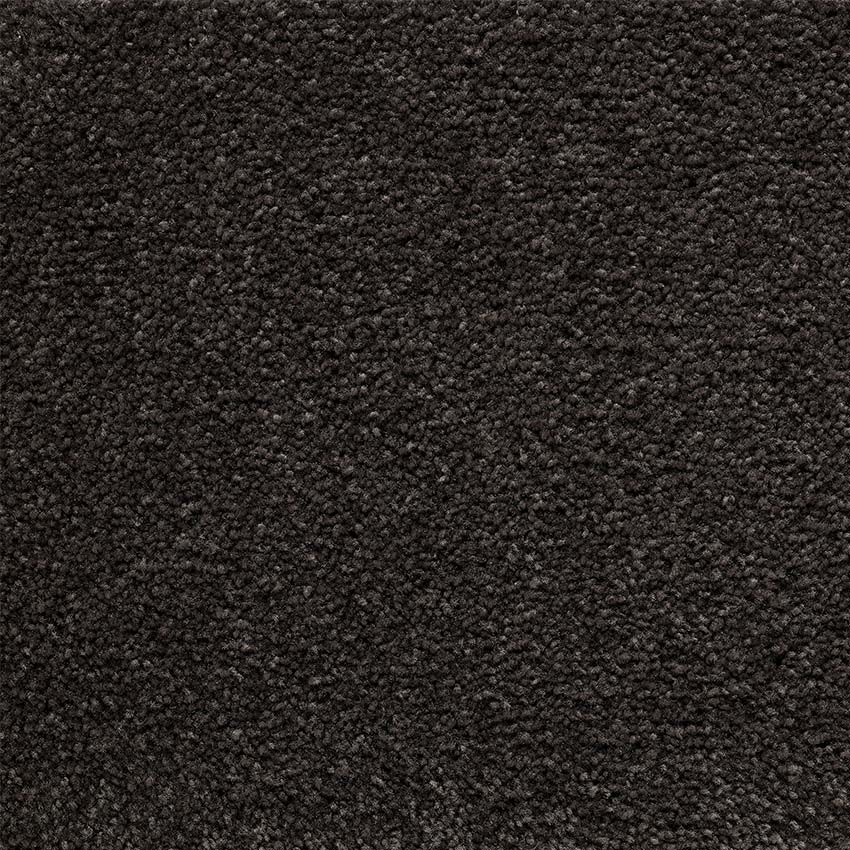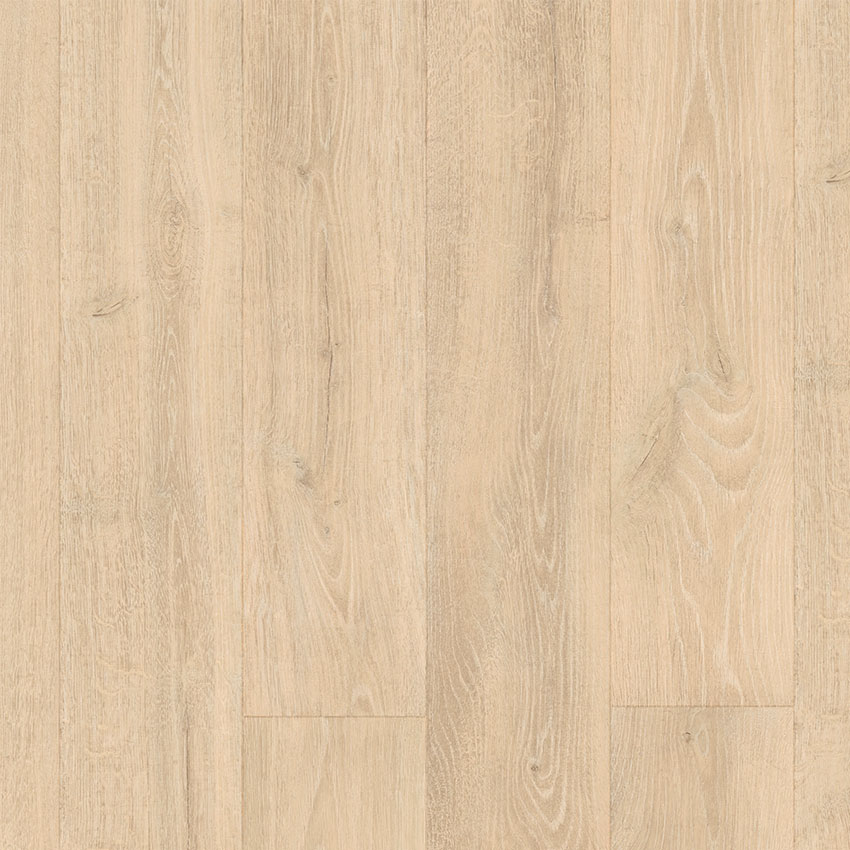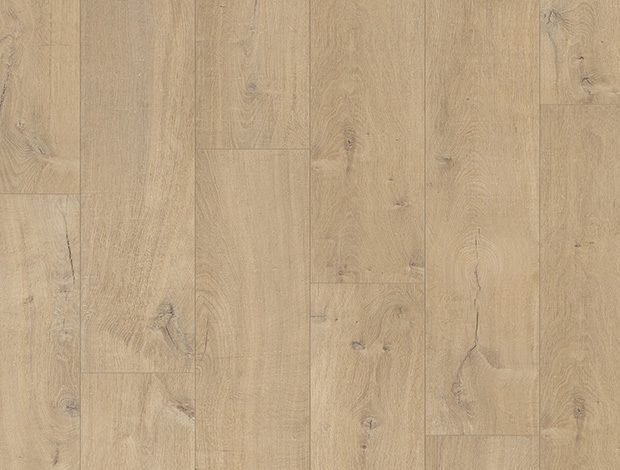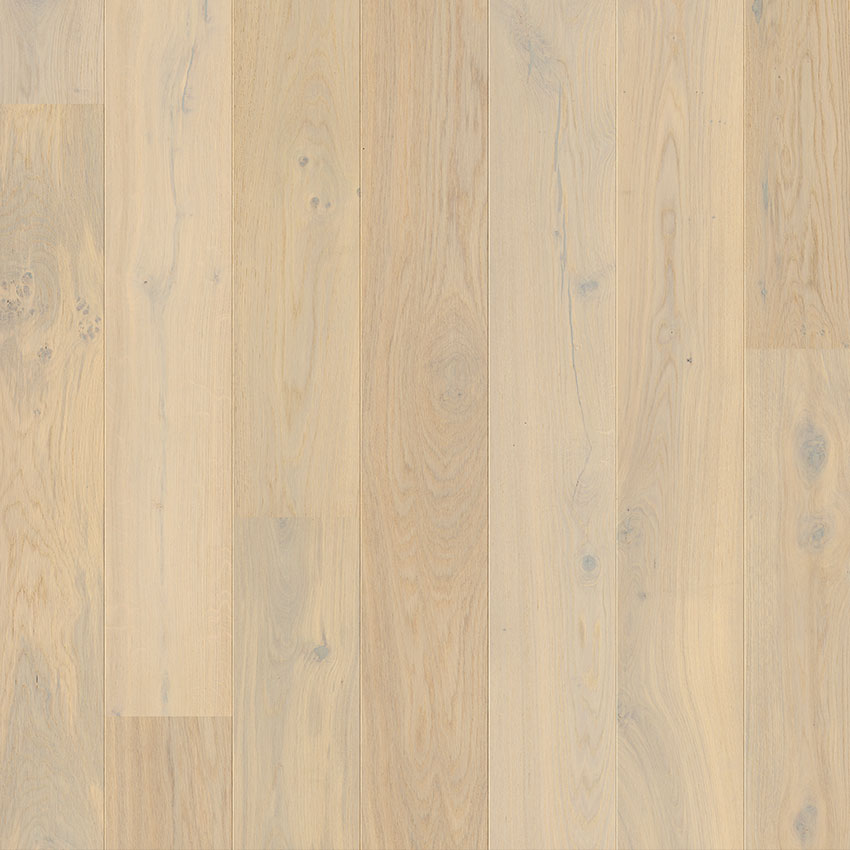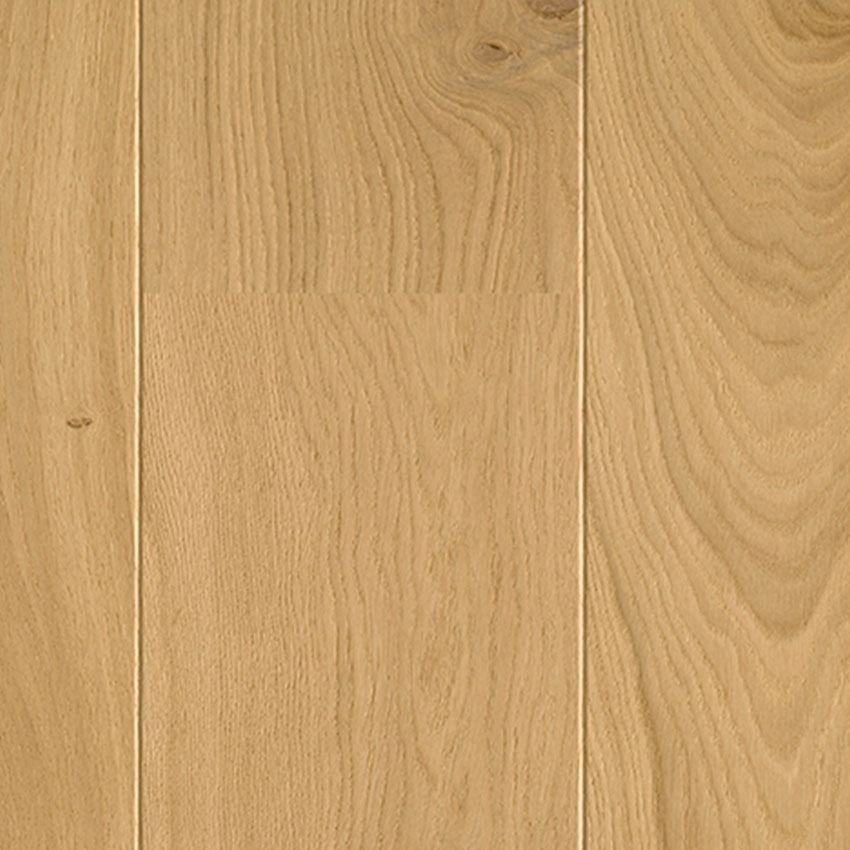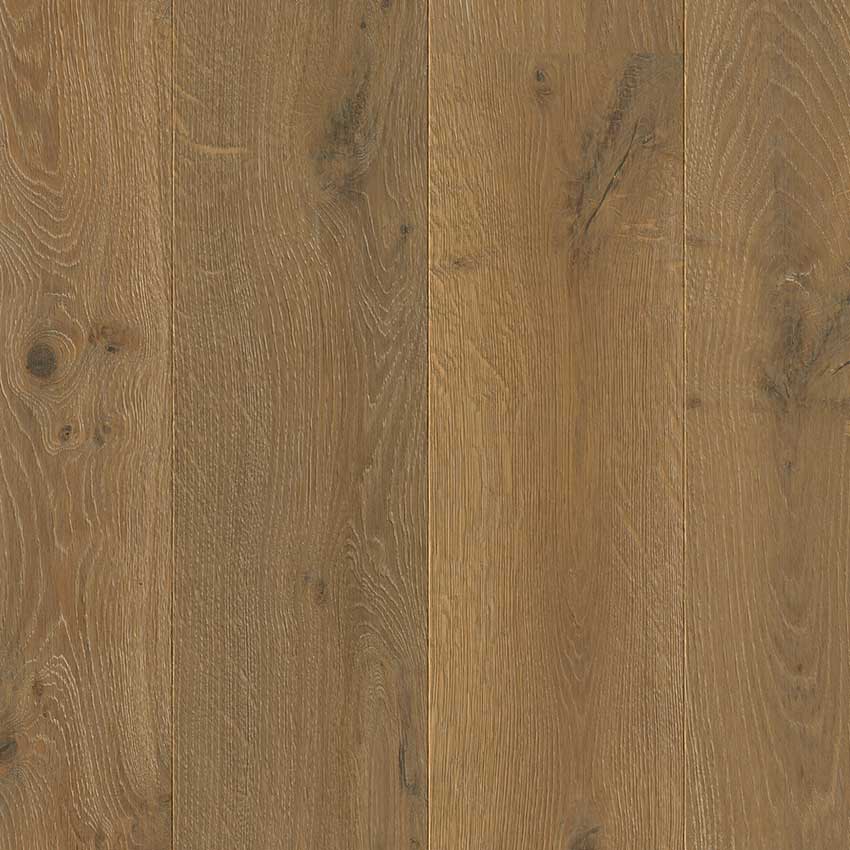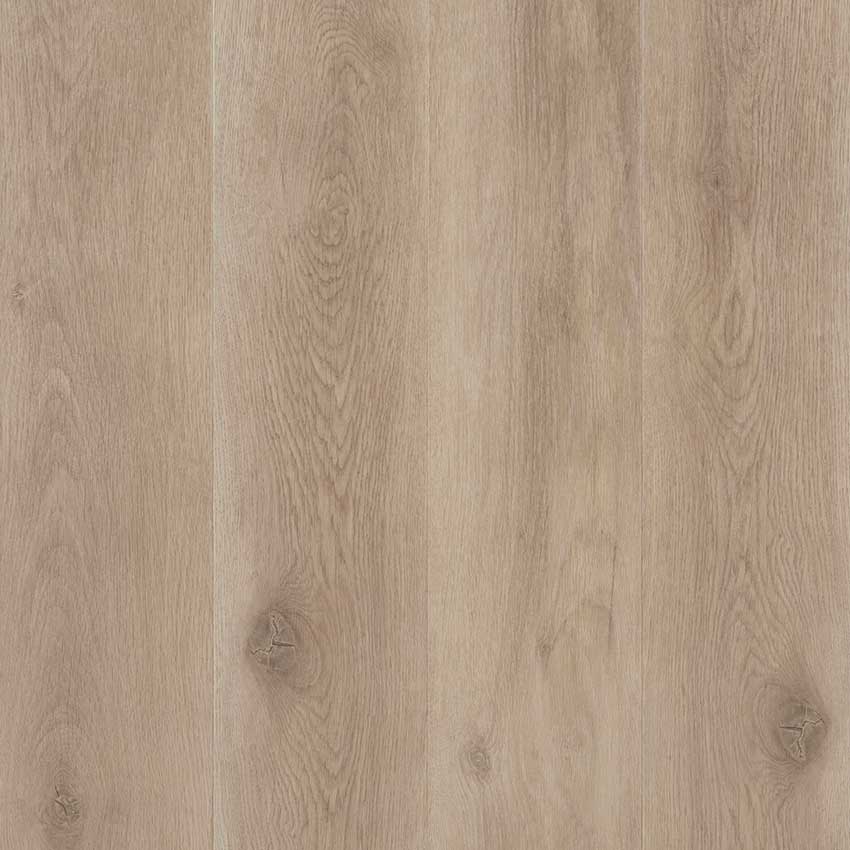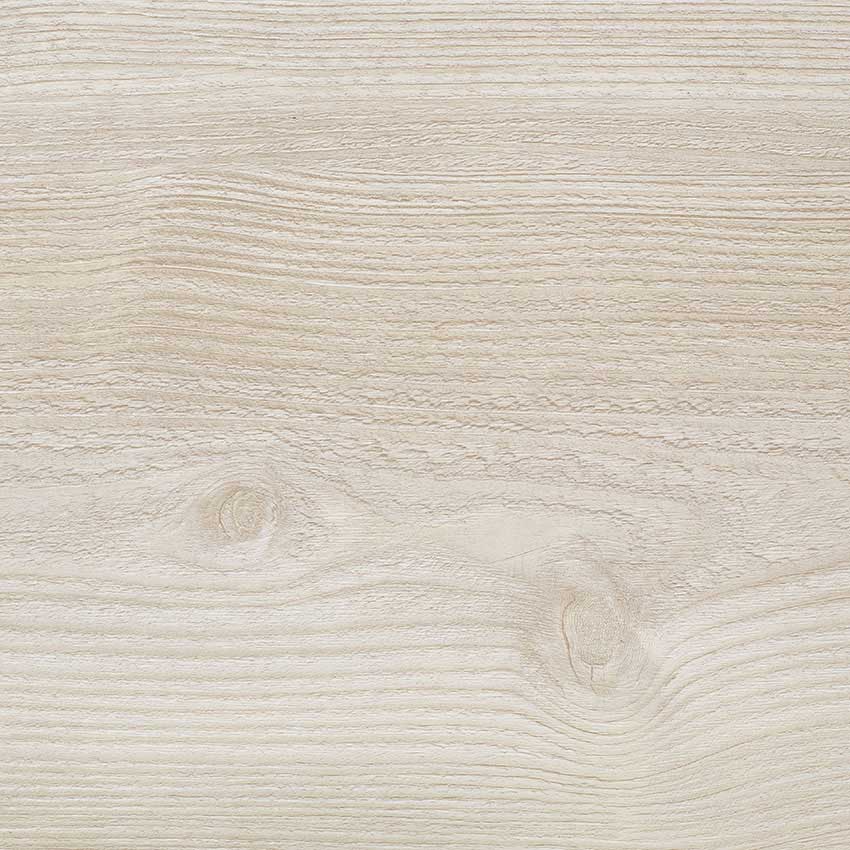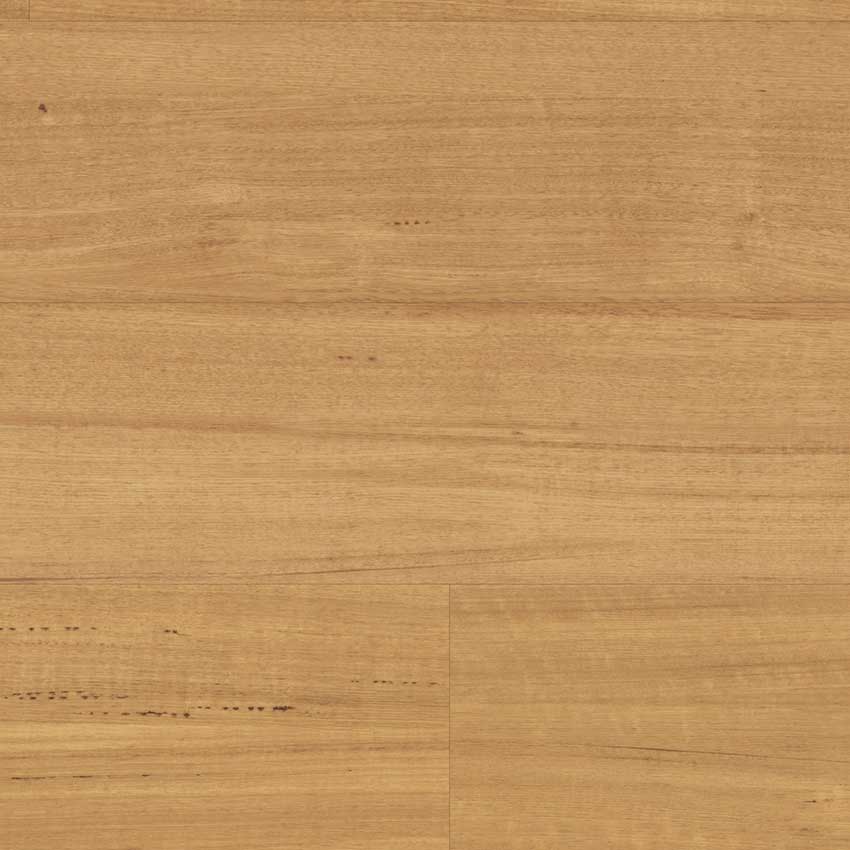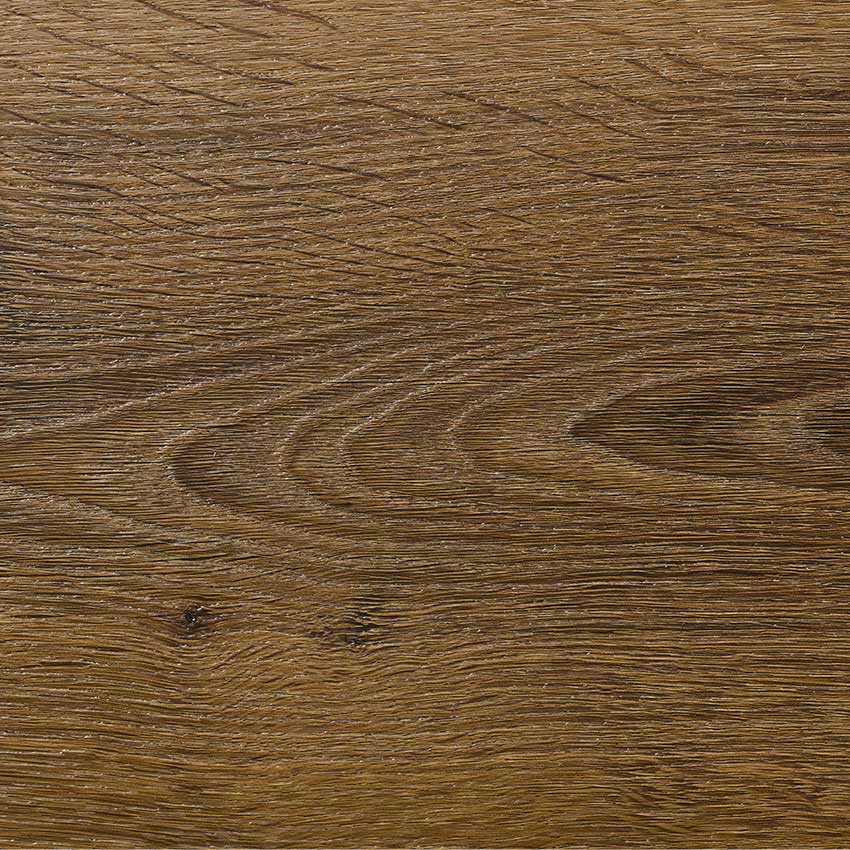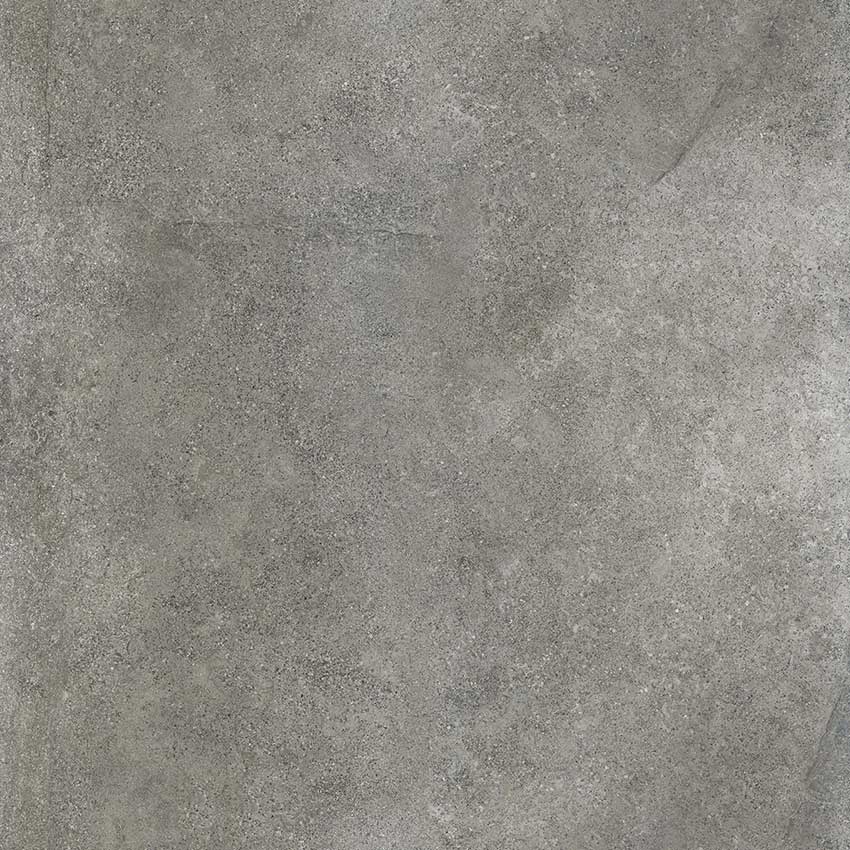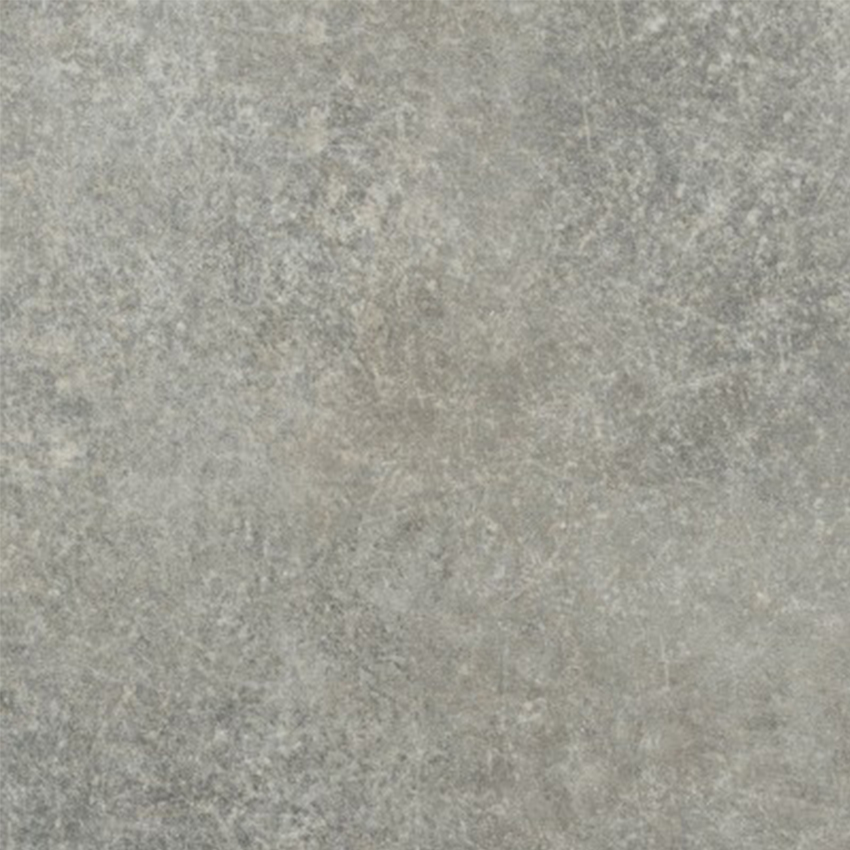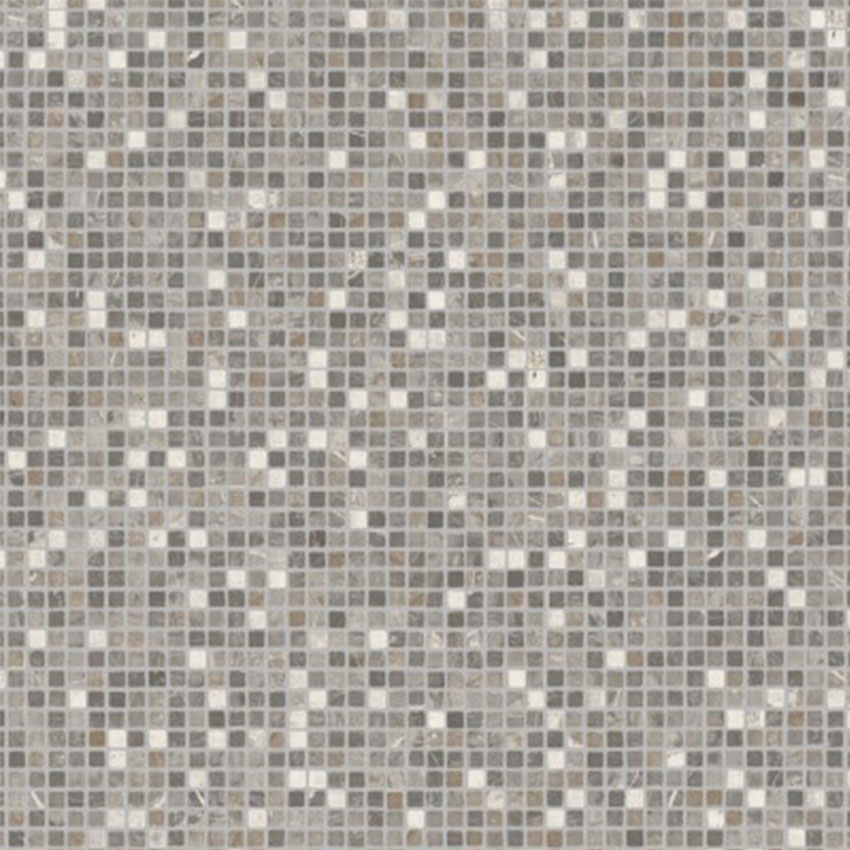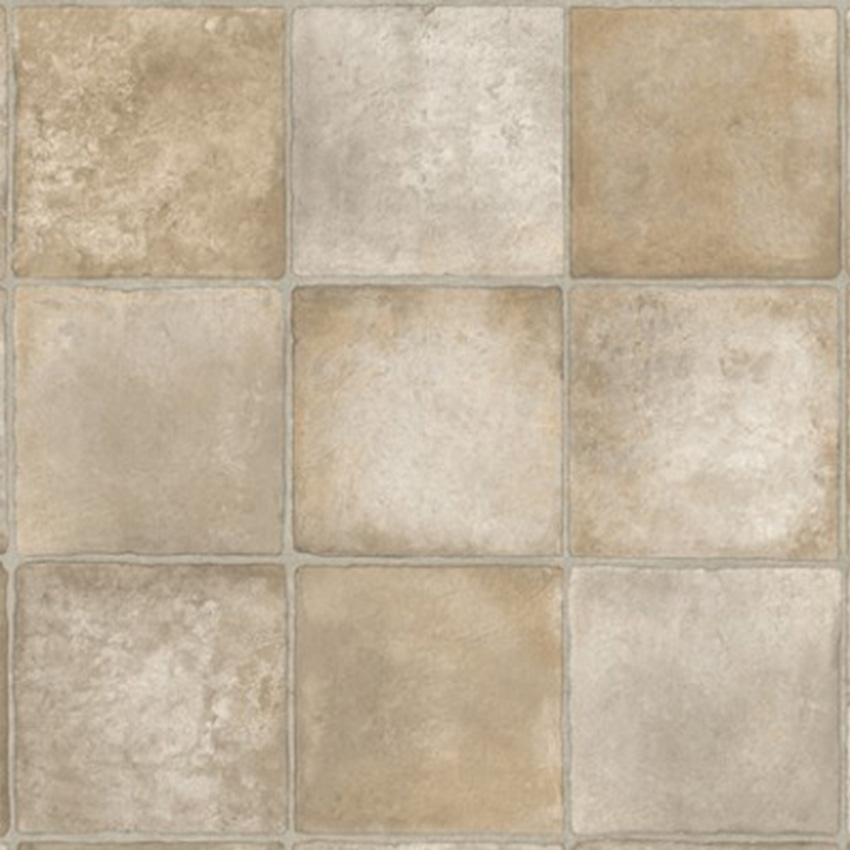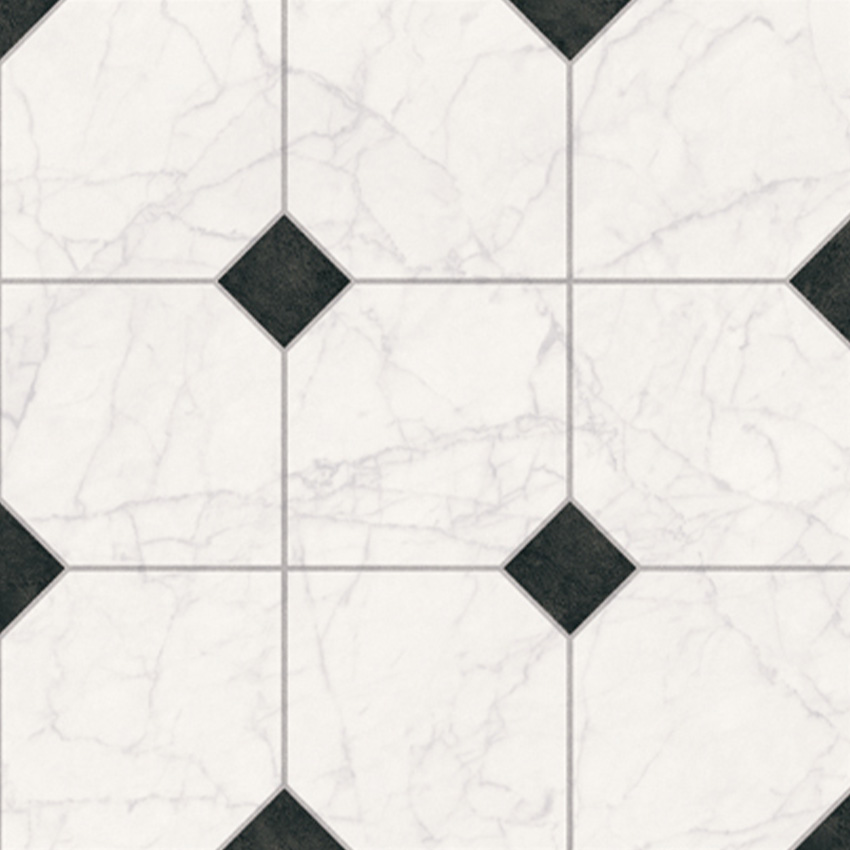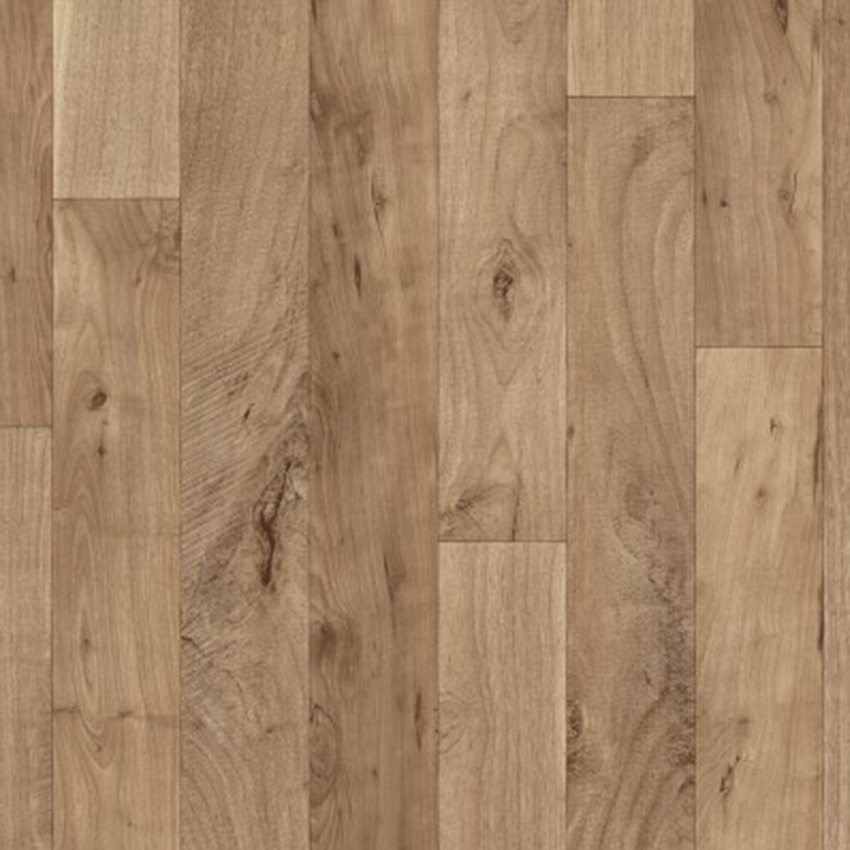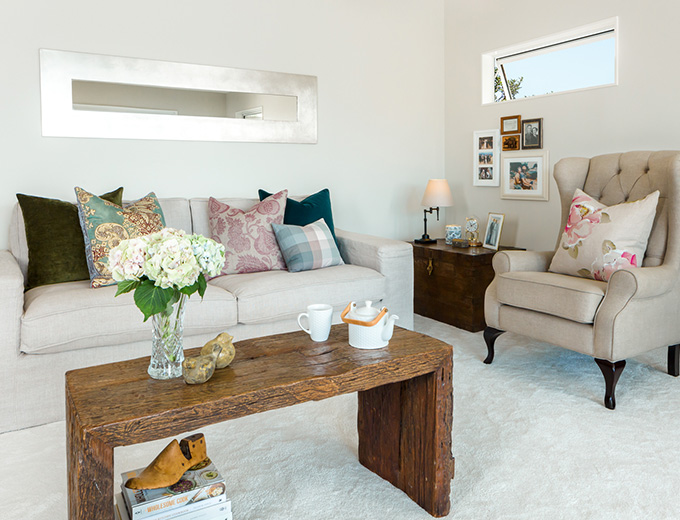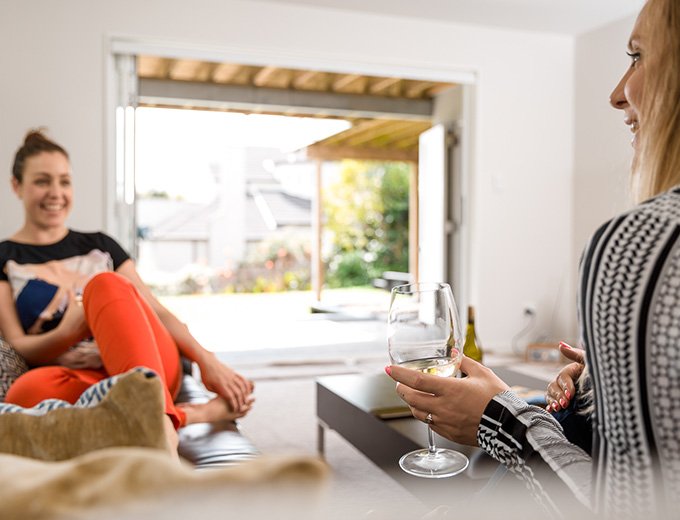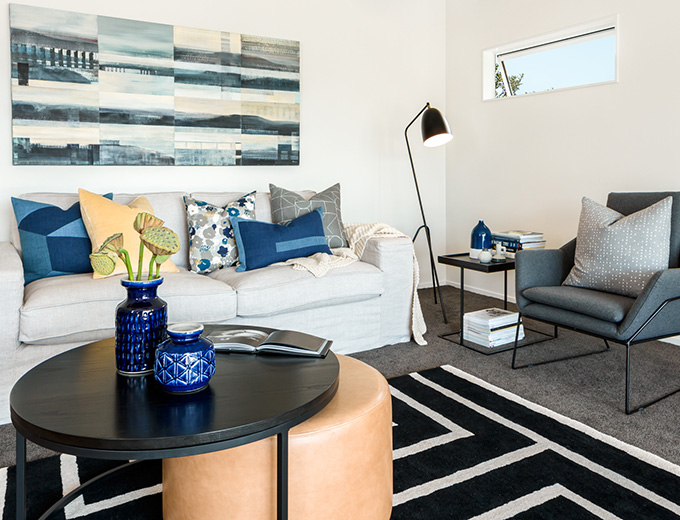
Do your research, if you have a plan it’s not daunting; everything in life feels overwhelming until you have a plan! I highly recommend starting a ‘like’ and ‘dislike’ folder, it may seem strange to have a folder holding your dislikes but they do act as a reminder of where you don’t want to end up when you are getting swamped in the decision making process.
Once you have a clear indication of what you like, start from the ground up.
This first decision is to balance practicality and desire – what you want and want you need. You may like lighter floor colours, but with kids and pets, hard flooring might be a better option than carpet. Or, if you’re really after softness and want carpet, then you might compromise with a darker colour. You can have a play in the Flooring Finder [diagnostic link] to see what products fit with you.
And then there’s the budget – set yourself a budget and start a cost sheet with the items or services you need to get the job down and put realistic figures next to it.
Answering both these questions up front will help set expectations. Often, I will get clients to do their wish list, we cost it accordingly and then we cull, or decide to complete it in stages to stagger the costs. You may not be able to do all you want in one hit but that doesn’t mean you can’t break up the process and do the next stage next year.
We’ve created some handy project templates and look book layouts to help you get started.

